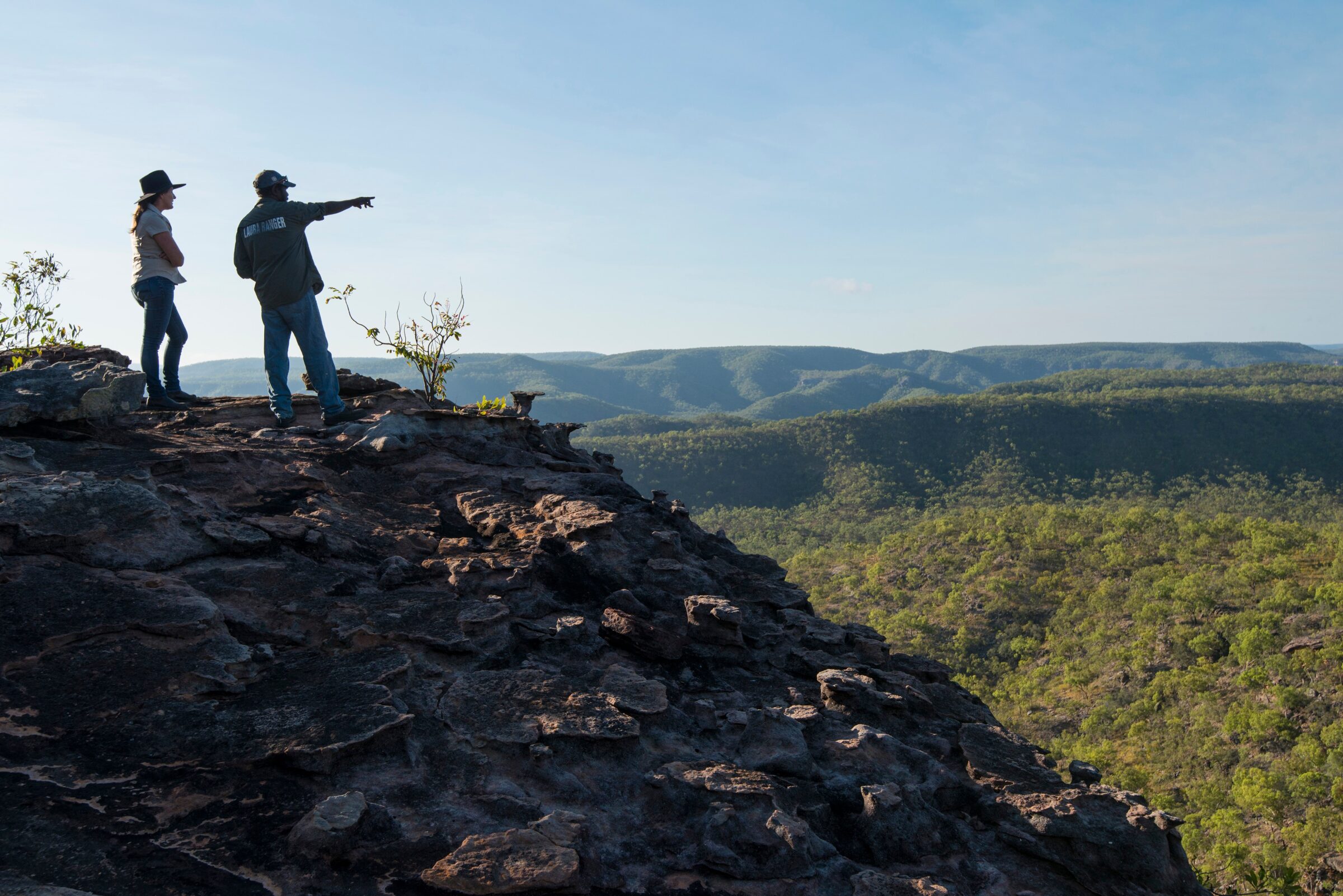
The Challenge
Despite its huge size and relative protection from the population pressures that affect other parts of Australia, some components of the Outback’s ecological systems are under threat. Even in areas remote from signs of people, some native plants and animal species are in decline, while others have already disappeared.
Nature in the Outback faces different types of threats. There are degrading processes operating over large areas, and more localised and destructive ones that can be caused by more intensive industrial and agricultural projects. Most of the pervasive degrading threats relate to introduced invasive species and changes in the patterns of fires. Across vast areas of the Outback, the intricate patterns and processes of fire management by Traditional Owners have been lost or withdrawn over the last 200 years. Much of the land now burns extensively and without purpose. Feral animals – camels, cats, horse, pigs, cattle, rabbits, goats, donkeys, and other species – now occupy different parts of the Outback. Invasive noxious weeds affect conservation and economic outcomes in many regions. Over-arching and exacerbating these threats is ongoing global warming – making all of the Outback hotter, and much of it drier.
These threats can be managed by local land managers, however large areas of the Outback now have fewer people actively managing the land than at any time since Aboriginal settlement of Australia, more than 60,000 years ago. Consequently, there is little or no land management now over large regions. Some landscapes are declining in ecological health with losses to the native plants and animals which live there.
The Solution
Maintaining the exceptional environment of the Outback is intertwined with maintaining socially and economically healthy communities in the Outback. Many of its non- government economic sectors – tourism, pastoralism, carbon farming and fisheries – depend on a healthy and attractive environment. In turn, maintenance of the Outback’s superlative landscapes requires active land management to control wildfires and eradicate invasive noxious species. Underlying this for its Aboriginal peoples is the imperative to care for their individual traditional lands, both culturally and environmentally.
In some areas, active and effective land management has been put in place to deal with environmental threats. More than 2,000 people are now employed by the modern Indigenous Ranger programs, a growing movement that has been highly successful. Rangers bring together traditional ecological knowledge and modern techniques to manage huge areas of land efficiently and effectively, by people who wish to live there.
New approaches and economies are also changing the face of the Outback land management on pastoral lands, and on other types of land tenure. Funding for carbon abatement is providing income for management to reduce wildfires in northern Australia, and new technologies are being used to monitor the condition of Outback lands and effectively manage natural resources. Expansion and improvement of these approaches over huge landscapes is needed.

